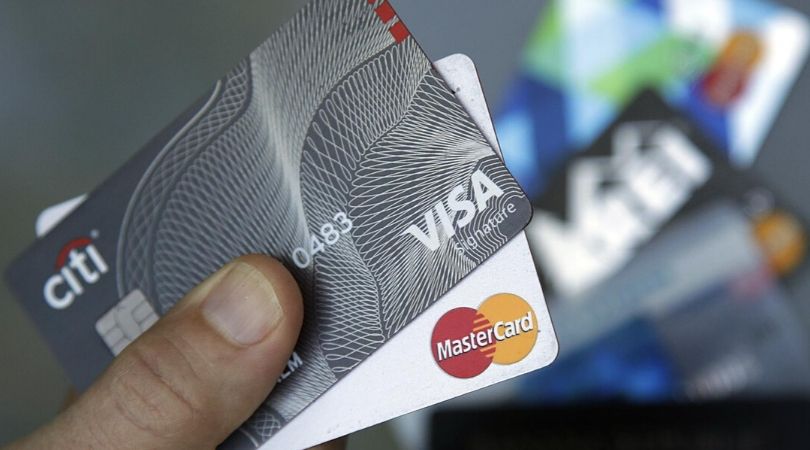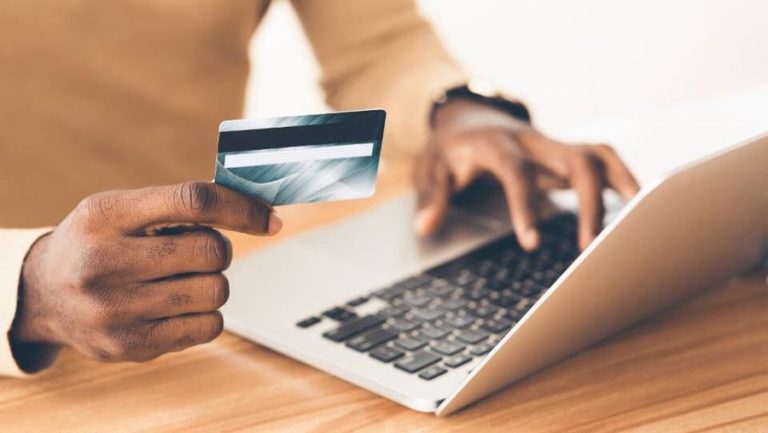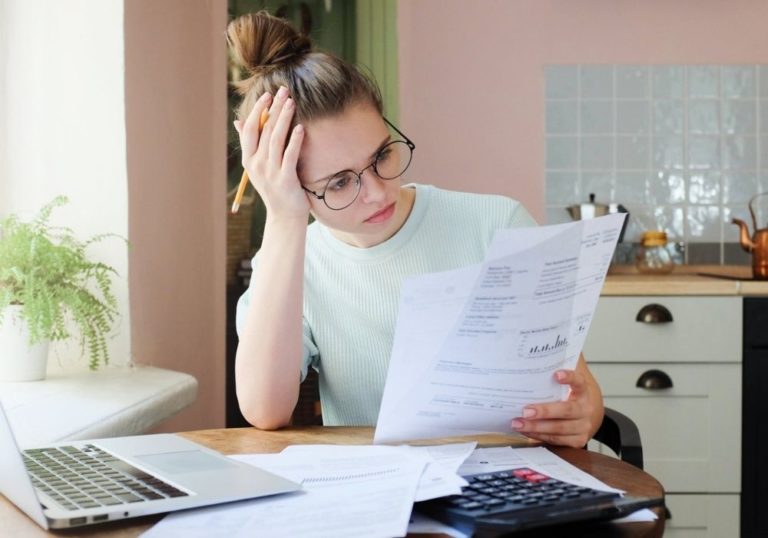Few days ago I published an explanatory article about How Do Credit Cards Work, so that we all understand how to use them to achieve our financial goals and not get into credit card debt.
One of the terms you noticed used a lot was credit card balance. Let’s see what this means and how it can affect you.
What is a Credit Card Balance
When you use your credit card to make purchases for instance, the merchant takes the money from your credit card account. At this time your bank is actually paying for your products/services and, when your statement is due (every month) you are supposed to pay back.
The amount of money you see when you log into your account, it’s your balance – the money you have to pay back to the bank for the purchases you’ve made.
What Is a Negative Credit Card Balance?
Let’s say you purchased some tennis shoes and then you returned them, after paying your balance in full. The stored credited your account with the amount you initially spent and now your credit card balance is in minus: you have – $65, for instance.
Credit card companies are usually careful for you not to get into negatives, but, if this happens, the negative balance will just be added up to your new one, so you’ll pay $65 less on your next statement.
How Is a Credit Card Balance Calculated?
The credit card balance is made up of the money you spent on purchases, interest (if you haven’t paid in full), late fees, if you haven’t even made your minimum payments.
If you make more purchases, your credit card balance will increase. As soon as you make a payment, it decreases.
Ideally, you should carry ZERO credit card balance every month, so that you have no late fees and no interested added to your debt.
This is what many people do, when they use credit cards to improve credit score. It’s the same strategy I have used to drastically improve my credit score, after immigrating, in just half a year.
What Happens if You Don’t Pay Your Credit Card Balance in Full?
As soon as you get your statement, you’ll need to pay your balance. Say you owe the credit company $1,200 dollars. At the end of the billing cycle (every month), when you get your statement, you can make the following payments:
- pay less than the minimum – if you don’t even meet your minimum (usually about 4% of the balance), you will be slapped with a late fee, on top of your credit card’s APR (Annual Percentage Rate) – this can go up to 29%, so beware. Many credit cards have a $39 late fee. If you fail to pay your minimum 60 days in a row, you will be reported to the credit bureaus and your credit score will take a dive. So try to stay on track or at least don’t let more than 30 days pass until you make at least the minimum payment.
- pay the minimum – I’m not a fan of this either, as you will drag your debt for years. As you can see in the How Credit Cards Work article, by paying the minimum on a $2,000 balance it will take you 11 years to pay it off and you’ll pay over $2,200 extra for an APR of 27%, which is not abnormal for a credit card. The good thing is that at least you’re not paying late fees, the bad thing is that you don’t make any progress in your debt payment either.
- pay more than the minimum – what you should be doing, if you are tired of having credit card debt. Try to pay as much as you can every month and you’ll be able to ditch debt once and for all.
- pay your balance in full – what we do every month. It boosts your credit score and allows you to enjoy the perks of having a credit card without interest, late fees and other surprises.
What Does it Mean to Carry a Balance?
From our examples above, if you pay your balance in full, you will have zero credit card balance. Any other options means you will need to pay the amount you owe, plus the interest accrued, plus anything else you pay for that next month.
When you go to one billing cycle to another with debt on your credit card, it means you are carrying a credit card balance.
What Is a Good Credit Card Balance?
What? Is there a good credit card balance?
Of course it is.
We already agreed that, while easy to get you into serious debt, credit cards are not really the devil’s tools. So, by using the credit cards wisely, you can reap rewards and improve your credit score.
When you do use your credit card for this, make sure you don’t use more than 30% of your credit limit. If your balance stays under this number, you can consider it a good credit card balance. Anything more and your credit score will get affected, even if you do pay in full at the end of the billing cycle.
Now you know what is a credit card balance and I hope you’ll be able to use your credit cards to your benefit.





